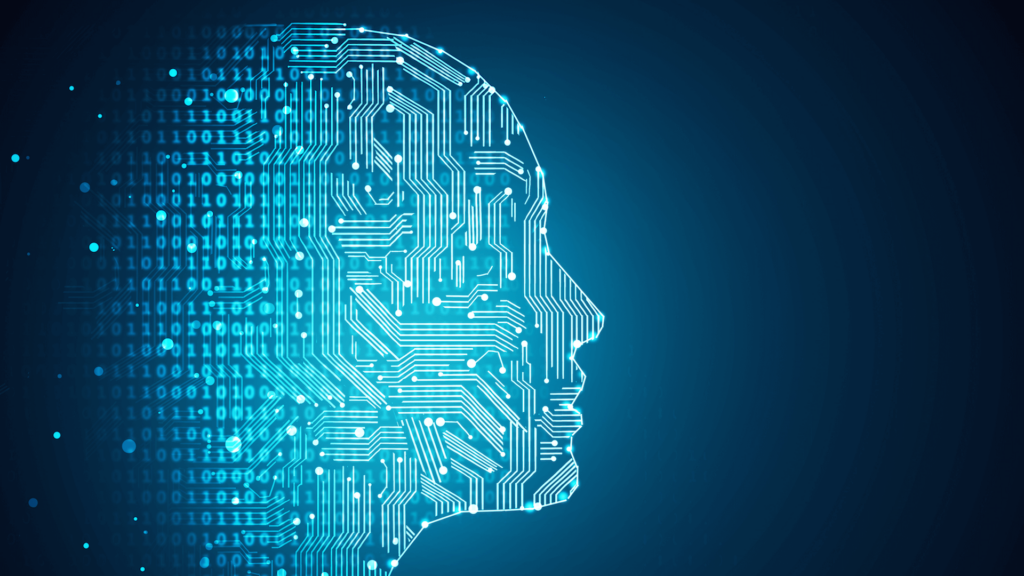Artificial Intelligence (AI) has rapidly emerged as one of the most transformative technologies of the 21st century. It’s reshaping industries, altering business models, and, crucially, redefining the global job market. While AI brings a plethora of opportunities, it also introduces significant challenges, particularly concerning employment. This blog will explore both sides of the AI revolution—how it’s creating new opportunities, the challenges it presents, and how individuals and businesses can adapt to this dynamic landscape.
The Promise of AI: Opportunities in the Job Market

Creation of New Job Roles
One of the most exciting prospects of AI is its ability to create entirely new job categories. As AI technologies advance, they generate demand for new skill sets, leading to the emergence of roles that didn’t exist a decade ago. Jobs like AI specialists, data scientists, machine learning engineers, and AI ethicists are just a few examples. These roles are not just limited to tech companies; they span various industries, from healthcare and finance to retail and manufacturing.
For instance, the healthcare sector has seen a surge in demand for AI professionals who can develop algorithms to improve diagnostics, personalize treatment plans, and even discover new drugs. In finance, AI is used for everything from fraud detection to algorithmic trading, creating a need for professionals who can manage and develop these systems. Retailers, too, are leveraging AI for personalized shopping experiences, inventory management, and demand forecasting, opening up roles for AI integration specialists.
Increased Productivity and Efficiency
AI has the potential to significantly enhance productivity and efficiency across industries. By automating routine tasks, AI allows employees to focus on more strategic, creative, and value-added activities. This shift not only increases job satisfaction but also creates opportunities for workers to develop new skills and take on more complex roles.
For example, in manufacturing, AI-driven robots and machines can handle repetitive tasks such as assembly, quality control, and packaging, allowing human workers to focus on tasks that require critical thinking, problem-solving, and innovation. In the service sector, AI-powered chatbots and virtual assistants can manage customer inquiries, freeing up human agents to handle more complex issues.
Innovation and Business Growth
AI is a catalyst for innovation, driving new business models and creating growth opportunities. Startups and established companies alike are leveraging AI to develop innovative products and services that meet the evolving needs of consumers. This, in turn, creates new markets and job opportunities.
Consider the rise of autonomous vehicles. Companies like Tesla, Waymo, and Uber are pioneering self-driving technology, leading to the creation of jobs in AI research, software development, and even new roles in vehicle maintenance and support. Similarly, AI is enabling the development of smart cities, with job opportunities in urban planning, infrastructure management, and cybersecurity.
The Challenges of AI: Navigating the Job Market

Job Displacement and the Skills Gap
While AI is creating new job opportunities, it is also displacing certain roles, particularly those involving repetitive, routine tasks. Workers in manufacturing, retail, and administrative roles are at the highest risk of job displacement due to automation. The World Economic Forum estimates that by 2025, automation and AI could displace 85 million jobs globally.
However, this displacement is not necessarily a death knell for workers. The challenge lies in addressing the skills gap. As AI takes over routine tasks, there is an increasing demand for workers with advanced technical skills, such as programming, data analysis, and AI management. Yet, many workers lack the necessary training to transition into these new roles.
The Need for Reskilling and Lifelong Learning
The rapid pace of AI development necessitates continuous learning and reskilling. Workers must be proactive in acquiring new skills to remain relevant in the job market. Governments, educational institutions, and businesses must collaborate to create reskilling programs that equip workers with the skills needed for the AI-driven economy.
For instance, several tech companies, including Google and Microsoft, have launched AI-focused training programs aimed at upskilling workers in AI and machine learning. Similarly, governments are investing in initiatives that provide workers with access to free or subsidized training in high-demand skills.
Lifelong learning is becoming increasingly important. As AI continues to evolve, workers must be prepared to adapt to new technologies and roles throughout their careers. This shift towards continuous learning requires a change in mindset, where education is viewed not as a one-time event but as an ongoing process.
Ethical Considerations and Job Quality
The integration of AI into the workplace also raises ethical concerns, particularly regarding job quality. As AI systems become more prevalent, there is a risk of creating a two-tier workforce, where highly skilled workers enjoy the benefits of AI, while lower-skilled workers face reduced job security and wage stagnation.
Moreover, the use of AI in decision-making processes, such as hiring and performance evaluations, raises concerns about bias and fairness. AI algorithms can inadvertently perpetuate existing biases, leading to discriminatory outcomes. Ensuring that AI is used ethically and transparently in the workplace is crucial to maintaining trust and fairness.
Adapting to the AI-Driven Job Market

For Businesses: Embracing AI and Supporting Workers
Businesses must embrace AI as a tool for innovation and growth while also supporting their workforce through the transition. This involves investing in AI technologies that enhance productivity and create new opportunities for employees. Companies should also prioritize reskilling and upskilling programs to ensure that their workforce is prepared for the future.
In addition, businesses must adopt ethical AI practices, ensuring that AI systems are used transparently and fairly. This includes regular audits of AI algorithms to identify and mitigate biases and involving employees in the development and implementation of AI technologies.
For Workers: Proactively Engaging with AI
Workers must take a proactive approach to their careers in the AI era. This involves staying informed about industry trends, continuously updating skills, and being open to new opportunities. Workers should also seek out reskilling programs and take advantage of online learning platforms that offer courses in AI, data science, and other high-demand skills.
Networking and collaboration are also essential. Workers should engage with professional communities, attend industry events, and participate in discussions about AI and its impact on the workforce. By staying connected and informed, workers can better navigate the challenges and opportunities presented by AI.
For Governments and Educators: Supporting a Smooth Transition
Governments and educational institutions play a critical role in supporting workers and businesses through the AI transition. This includes investing in education and training programs that align with the needs of the AI-driven economy. Governments should also implement policies that protect workers from the negative impacts of automation, such as unemployment benefits and retraining programs.
Educational institutions must update their curricula to include AI-related topics, ensuring that students are equipped with the skills needed for the future job market. This includes not only technical skills but also soft skills, such as critical thinking, creativity, and adaptability, which are increasingly important in an AI-driven world.
Conclusion
The rise of AI presents both opportunities and challenges for the global job market. While AI has the potential to create new jobs, enhance productivity, and drive innovation, it also poses risks, particularly in terms of job displacement and the skills gap. To navigate this complex landscape, businesses, workers, governments, and educational institutions must work together to embrace AI while also addressing its challenges. By doing so, we can ensure that the AI revolution leads to a more prosperous and inclusive future for all.

